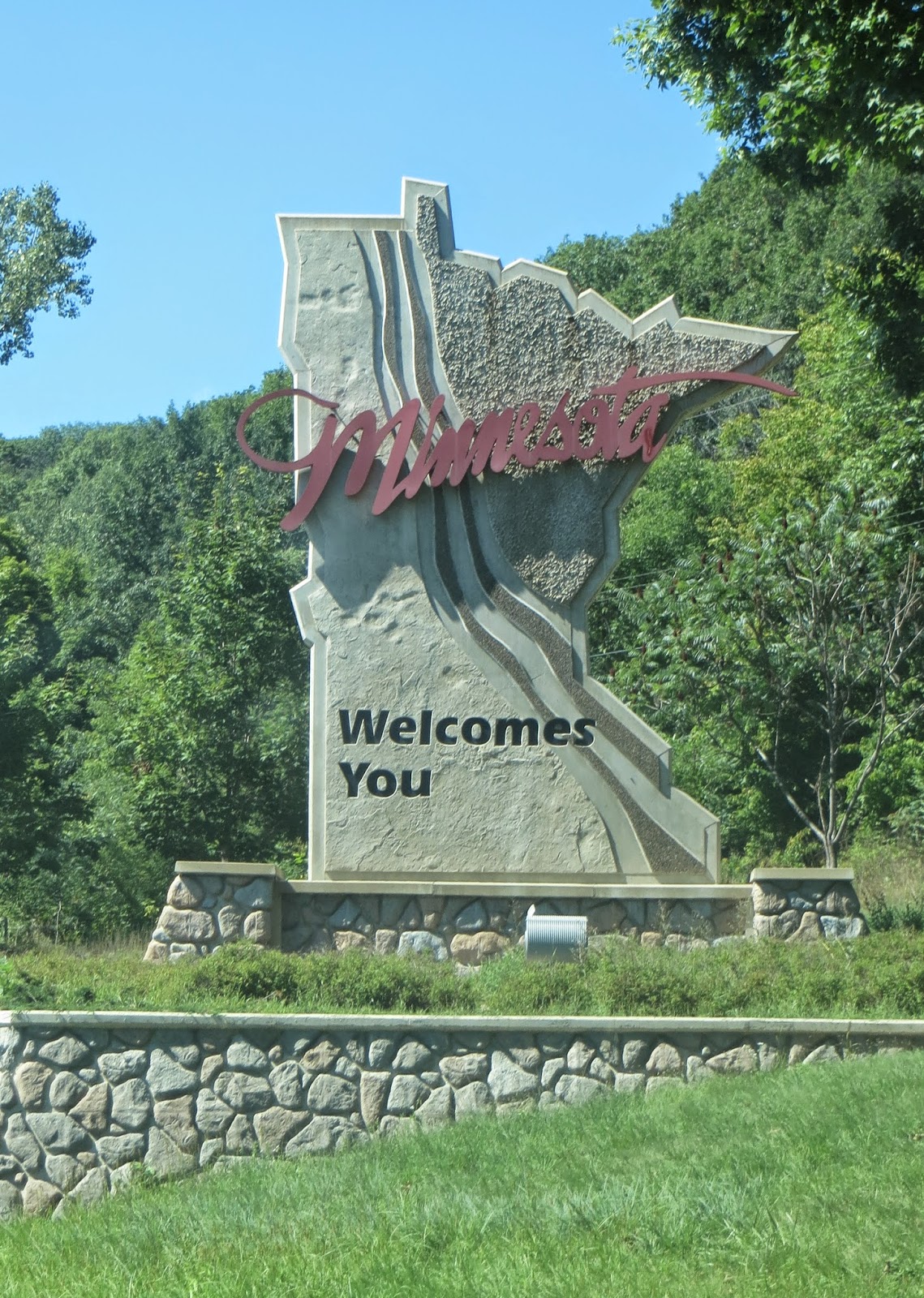March 16, 1882 - Several years before he wrote his two most famous plays - The Picture of Dorian Gray (1890) and The Importance of Being Earnest (1895) – and before he was imprisoned in England for gross indecency with other men, Oscar Wilde began a series of lectures in the United States in 1882.
Best known at the time as a poet and an apostle of aestheticism (an art movement supporting the emphasis of aesthetic values more than social-political themes for literature, fine art, music and other arts*), Wilde gave his lecture to a mostly female audience at the Opera House in St. Paul on Wabasha Street between Third and Fourth Streets this evening.

St. Paul Opera House
Last night, he lectured in downtown Minneapolis at the Academy of Music on the corner of Washington and Hennepin Aves.
The Academy of Music, Minneapolis
It’s interesting to note that Wilde’s clothing and appearance were mentioned in the Daily Globe’s review of his lecture before any mention of his lecture topic and style:
“He was dressed in purple silk velvet, wide sleeves, cut away coat and breeches. One hand was encased in a white kid glove and the other sported a lace handkerchief. A long lace neck tie, with bow in front, encircled his neck. His hair was parted in the middle hung down upon his coat collar, even partly covering his cheeks and completely concealing his ears. His eyes had a dreamy, languid look…”
Wilde spoke plainly and with little emotion about art, lamenting that there was so little art, especially in this country, and depicting the art that had existed centuries ago in the old world, and the progress now being made in art cultivation in England.
He also mentioned that he was shocked by the buildings in St. Paul, by the mud in the streets and especially by the rooms and furniture in in the hotels. Almost the only smile provoked during the evening was when he depicted the lack of art in American hotel furniture.
Daily Globe; “Oscar Wilde. The Appearance of Too Too, All But, Last Evening.”; St. Paul, Minn.; March 17, 1882; p. 1.
*http://en.wikipedia.org/wiki/Oscar_Wilde
http://collections.mnhs.org/MNHistoryMagazine/articles/17/v17i01p038-048.pdf
http://www.oscarwildeinamerica.org/lectures-1882/march/0315-minneapolis.html
http://www.el-hai.com/blog/tag/oscar-wilde
http://www.oscarwildeinamerica.org/lectures-1882/march/0316-st-paul.html
Oscar Wilde
http://en.wikipedia.org/wiki/Oscar_Wilde#mediaviewer/File:Oscar_Wilde_Sarony.jpg
__________________________________________________________
If you are interested in finding out more about your family history in
Minnesota, I specialize in researching
genealogical and historical records in Minn. and western Wis.,
including: census records, birth records, death certificates, obits, grave site photos,
ship passenger lists, marriage records and declarations of
intent/naturalization records. I will visit locations to research local
history and county records, as well as take photos. Quick turnaround on MHS
records. Both short searches and family
history reports.
















